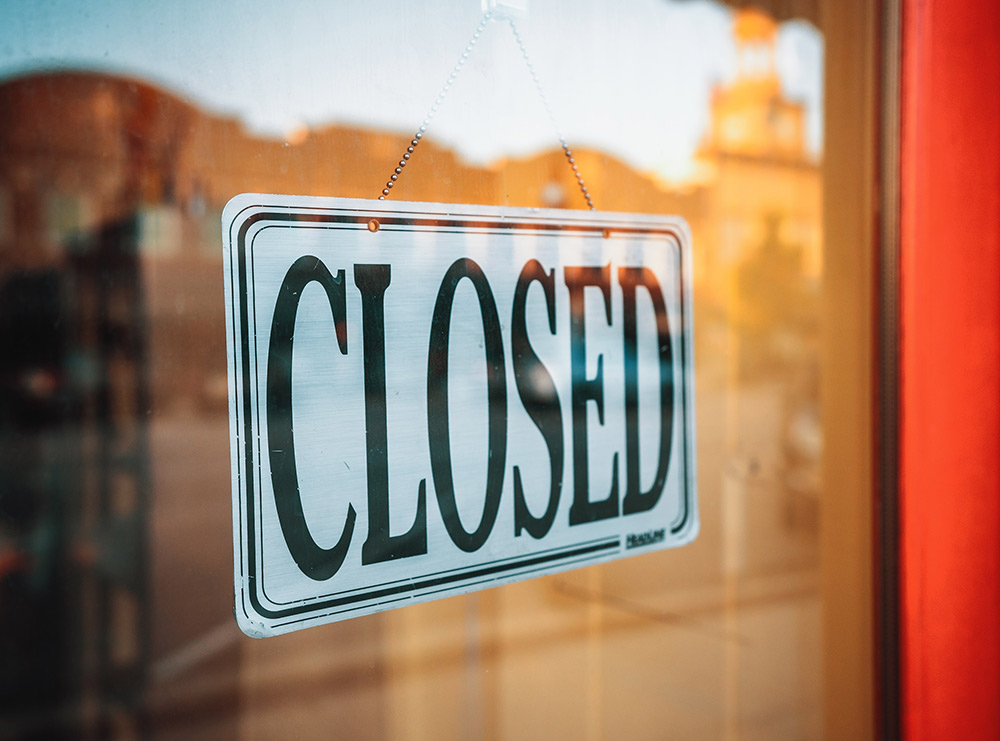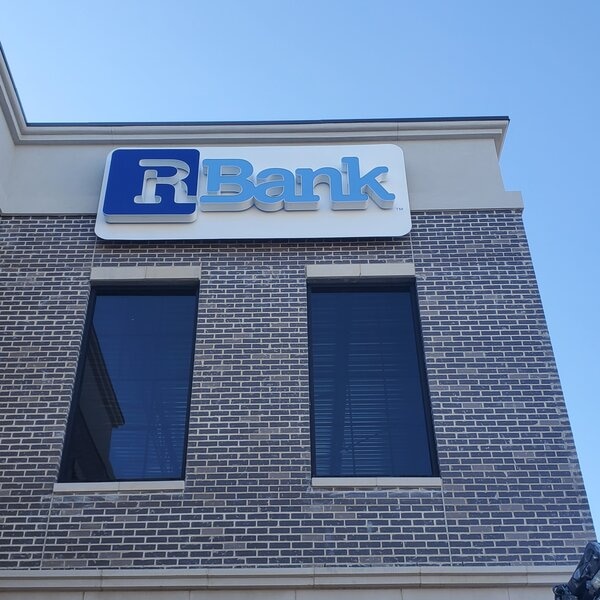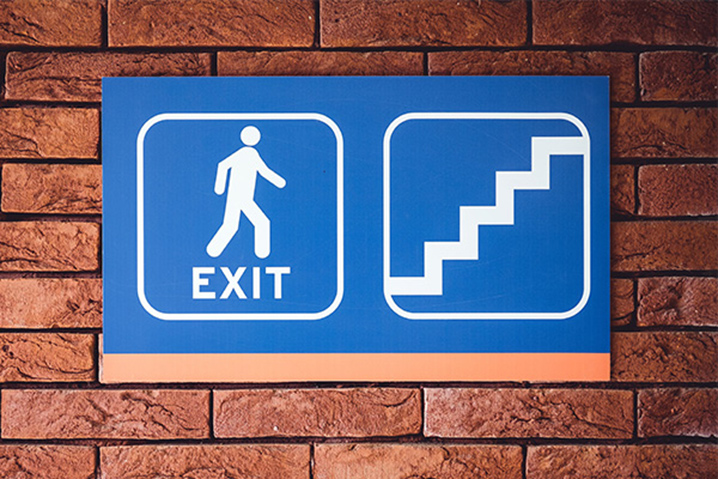In today’s competitive business environment, standing out is more important than ever. Georgetown businesses are constantly seeking innovative ways to reach customers and create a memorable brand presence. One of the most effective—and often overlooked—methods is investing in truck wraps. By turning your fleet into mobile billboards, you can promote your business while on the move, offering unmatched visibility and a professional appearance. Here’s why truck wraps are becoming a must-have for Georgetown companies.
1. Affordable Mobile Advertising
Traditional advertising, such as TV, radio, or print ads, can be expensive and often lacks measurable impact. Truck wraps, on the other hand, offer a cost-effective marketing solution. Once installed, a truck wrap can advertise your business 24/7 without recurring costs. According to industry studies, vehicle wraps can generate tens of thousands of impressions per year, making them one of the most cost-efficient advertising options available.
For businesses in Georgetown, where local visibility is crucial, turning a delivery van, service truck, or company vehicle into a moving advertisement can reach thousands of potential customers daily without additional spending.
2. Boost Brand Recognition
Consistency in branding is essential to building trust with customers. A professionally designed truck wrap showcases your logo, colors, and messaging, reinforcing brand identity every time your vehicle is on the road. This repeated exposure helps potential customers recognize your business, even if they don’t need your services immediately.
For example, a landscaping company or a catering service in Georgetown can leverage truck wraps to make their brand instantly recognizable. Over time, your fleet becomes synonymous with your business, creating a lasting impression in your community.
3. Increase Local Reach
Truck wraps are particularly effective for hyper-local marketing. As your vehicles travel through different neighborhoods, attend events, or make service calls, they introduce your brand to a wide range of local customers. Unlike stationary ads, which reach only those who pass by a billboard or see a flyer, truck wraps bring your business directly into the community.
For Georgetown businesses, this means targeting potential clients who are already in your service area, increasing the likelihood of engagement and conversion. Mobile advertising ensures your message reaches the right audience in the right location.
4. Protect Your Vehicle
Beyond marketing benefits, truck wraps also serve as a protective layer for your vehicle’s paint. High-quality vinyl wraps shield against minor scratches, chips, and sun damage, helping maintain the truck’s resale value. For businesses that rely heavily on their fleet, this added protection is an investment that saves money in the long run.
Furthermore, if your vehicle has imperfections or faded paint, a wrap can give it a fresh, professional appearance, making a strong impression on clients and competitors alike.
5. Customizable Design Options
Truck wraps offer unparalleled flexibility in design. Whether you want a full wrap covering the entire vehicle or a partial wrap highlighting your logo and contact information, professional wrap companies in Georgetown can create a solution tailored to your needs.
From bold graphics to sleek, minimalist designs, wraps allow businesses to convey their brand personality creatively. You can also update or refresh designs over time to reflect promotions, seasonal campaigns, or new services, keeping your marketing dynamic and relevant.
6. High Impact and Memorability
Compared to static signs or flyers, truck wraps leave a lasting impression. A well-designed wrap attracts attention, sparks curiosity, and encourages potential customers to remember your brand. Studies show that mobile vehicle advertising has one of the highest recall rates among advertising methods, meaning your audience is more likely to remember your business when they need your services.
In Georgetown’s busy streets and commercial areas, a vibrant truck wrap can cut through the visual noise, ensuring your brand doesn’t go unnoticed.
7. Eco-Friendly Marketing
Truck wraps are also a more environmentally friendly advertising option. Instead of printing thousands of paper flyers or using energy-intensive billboards, a single wrap can promote your business repeatedly over several years. Vinyl wraps are durable and recyclable, making them a sustainable choice for companies looking to reduce their marketing footprint.
8. Professional Appearance for Your Business
Finally, a branded vehicle conveys professionalism and trustworthiness. Customers are more likely to engage with a business that looks established and serious about its image. Truck wraps signal that you are invested in your brand, enhancing credibility and setting your business apart from competitors who rely solely on unbranded vehicles or word-of-mouth marketing.
Conclusion
Truck wraps are more than just vehicle decoration—they are a powerful marketing tool that offers affordability, high visibility, brand recognition, and professional appeal. For businesses in Georgetown, investing in truck wraps transforms your fleet into a mobile advertising machine, helping you reach local customers, protect your vehicles, and leave a memorable impression.
Whether you operate a delivery service, construction company, or small business, the benefits of truck wraps are undeniable. With a professional design and installation, your fleet becomes a moving ambassador for your brand, ensuring your business stands out wherever it goes.
If your Georgetown business hasn’t considered truck wraps yet, now is the perfect time to wrap your way to success and turn every mile into a marketing opportunity.







